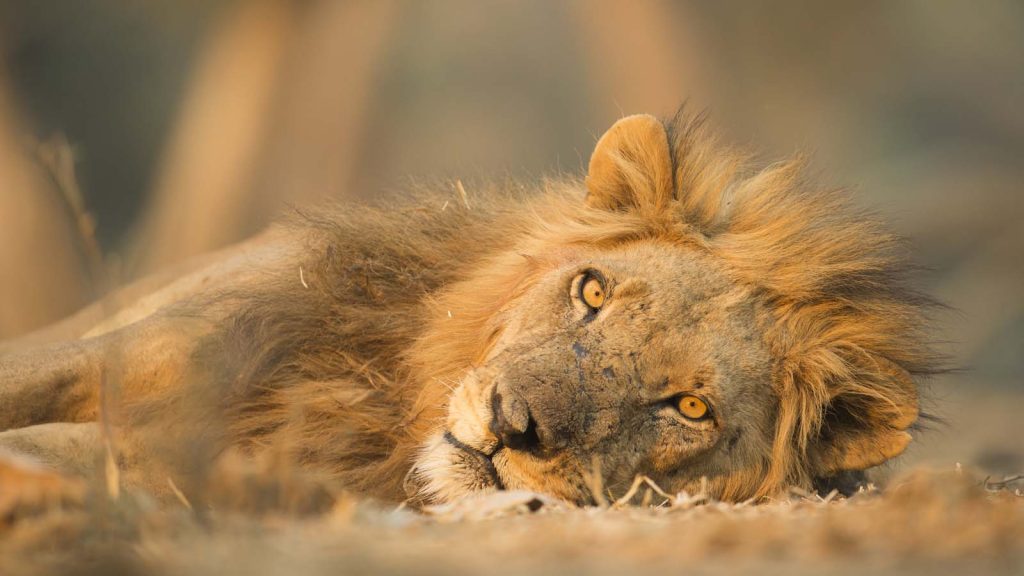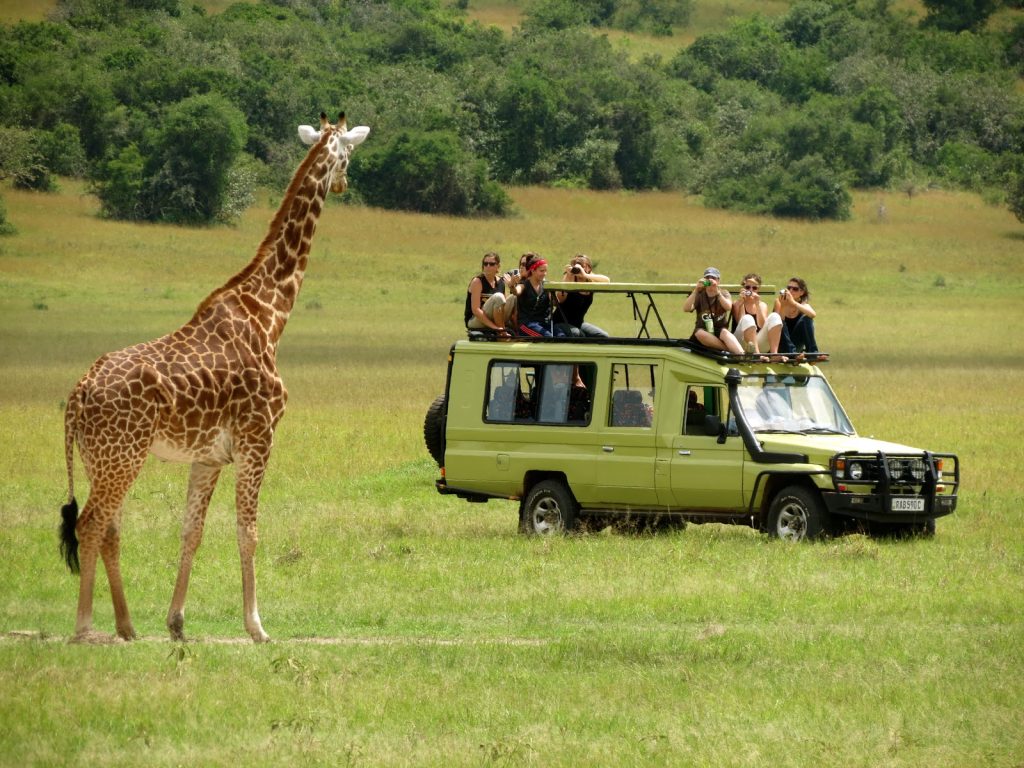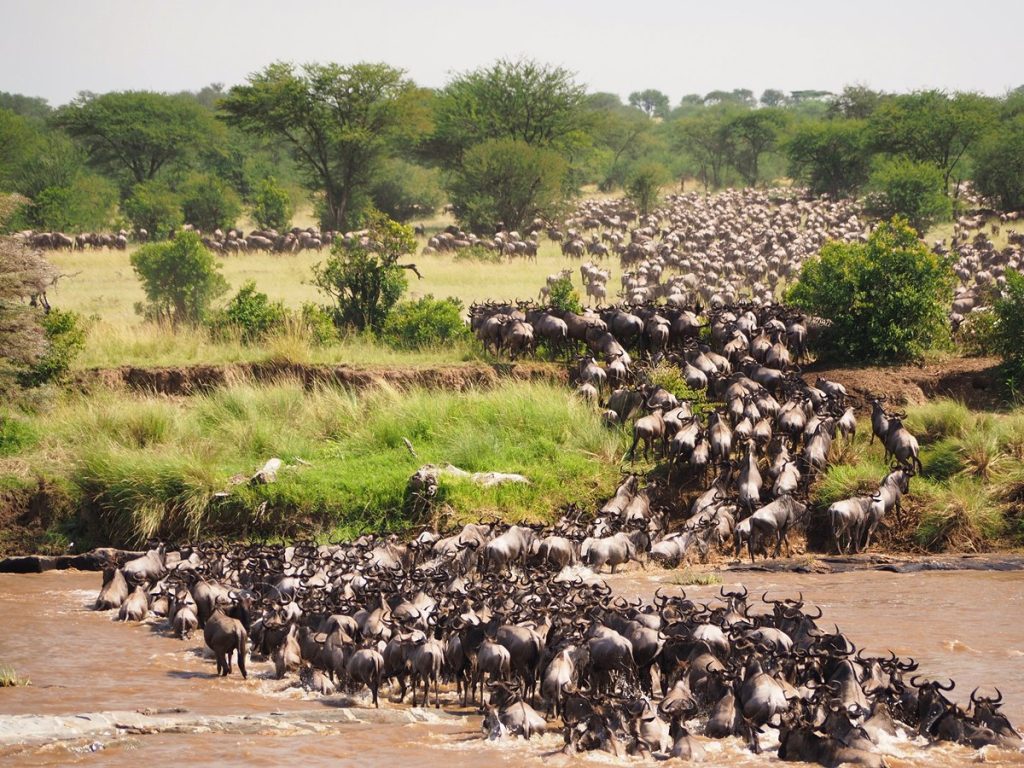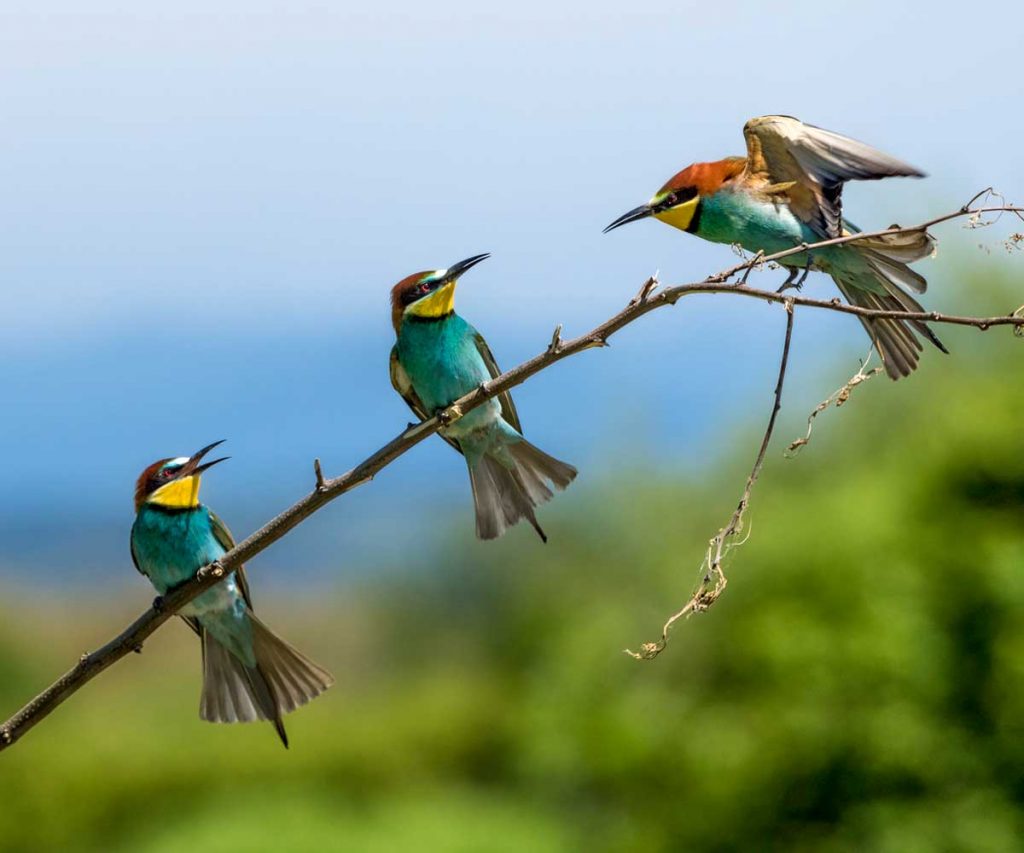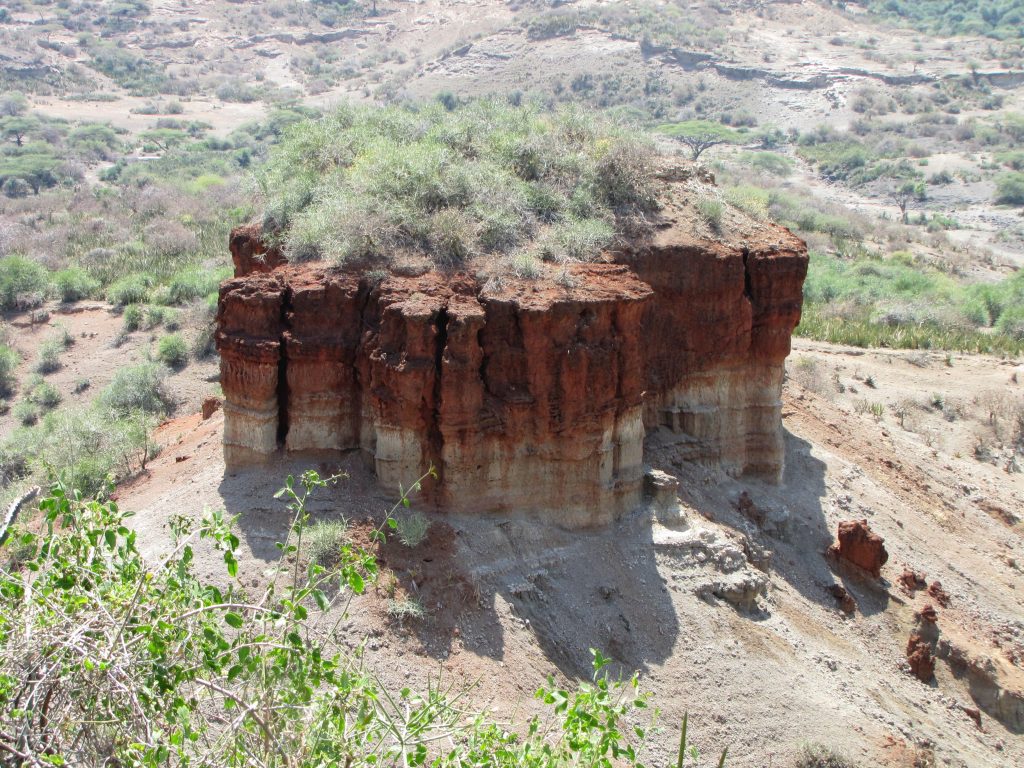12 Best Tanzania Safari Tours
12 Best Tanzania Safari Tours Number of Days: 12 Days | 11 Nights Area to Visit: Arusha | Lake Manyara | Tarangire Number Of Pax 2 – 100 Pax Tour Overview Begin Your 12-Day Tanzania Safari Adventure Embark on an unforgettable 12-day Tanzania safari adventure with Marafiki Voyage, where breathtaking landscapes, abundant wildlife, and world-class lodges await at every turn. This extraordinary journey takes you deep into Tanzania’s most celebrated national parks, each offering its own magic and charm. Begin your adventure in the ancient baobab-dotted plains of Tarangire National Park, where vast herds of elephants roam freely, and lions rest beneath shady acacia trees. Continue towards the shimmering waters of Lake Manyara, a haven for flamingos and tree-climbing lions, before ascending into the misty Ngorongoro Highlands, home to lush forests, crater lakes, and thriving Maasai communities. Here, nature and culture intertwine beautifully, offering a glimpse into both wildlife conservation and traditional pastoral life. Experience the Serengeti and the Great Migration Your safari reaches its peak in the legendary Serengeti National Park, where the rhythms of the wild unfold across endless golden plains. Witness the spectacular Great Migration, as millions of wildebeest and zebras traverse the savannah in one of the world’s greatest natural events. Each day offers thrilling game drives led by expert guides who reveal the wonders of Tanzania’s ecosystems — from stealthy leopards perched in trees to graceful giraffes silhouetted against fiery sunsets. At night, unwind in handpicked lodges and luxury tented camps that blend comfort with the spirit of the wild. Dine beneath starlit skies, share stories around the campfire, and fall asleep to the distant roar of lions. With Marafiki Voyage, this 12-day Tanzania safari is more than a holiday — it’s a soulful encounter with nature, culture, and the untamed beauty of Africa. Tour inclusions Services of a professional tour guide Transport Entrance fees All the activities in the itinerary Fuel Drinking water while on the safari Full board accommodation Tour exclusions Tips Optional activities not detailed in the itinerary Visas or air tickets International flights Laundry services Items of personal nature Beverages and drinks Book this tour 12 Best Tanzania Safari Tours Itinerary 12 Days Best Tanzania Safari Tours Overview Embark on an unforgettable 12-day Tanzania safari adventure with Marafiki Voyage, exploring breathtaking landscapes, abundant wildlife, and luxury lodges across the country’s most celebrated parks. From the mighty elephants of Tarangire to the Great Migration in Serengeti and the dramatic Ngorongoro Crater, this itinerary combines adventure, comfort, and authentic East African experiences. Why Choose 12 Days Best Tanzania Safari Tours? 🌍 World-class safari parks including Serengeti, Ngorongoro, Tarangire, and Lake Manyara 🐘 Big Five sightings and the spectacular Great Migration 🛏️ Luxury lodges and tented camps offering complete privacy and personalised service 🌅 Romantic experiences like hot air balloon rides, bush dinners, and sunset game drives 🏝️ Seamless extensions to Zanzibar Island for beachside relaxation 💑 Tailor-made, private safaris crafted for couples and newlyweds Day 1: Arrival in Arusha Your Luxury Tanzania Safari begins as you arrive at Kilimanjaro International Airport, greeted by your expert safari guide. After a warm welcome, enjoy a scenic transfer to your lodge in Arusha, the gateway to the Best Tanzania Safari Tours. Relax in serene gardens with views of Mount Meru or explore the nearby city. In the evening, enjoy a delicious dinner of local cuisine and receive a full briefing about your upcoming Private Tanzania Safari Experience. Rest well, knowing the adventures ahead will reveal the incredible wildlife and landscapes that make Tanzania one of Africa’s most unforgettable safari destinations. Day 2: Arusha to Tarangire National Park After breakfast, drive to the stunning Tarangire National Park, known for vast herds of elephants and striking baobab trees. Your Affordable Safari Tanzania journey truly begins here, with panoramic savannahs and abundant wildlife. Enjoy a thrilling game drive spotting lions, zebras, giraffes, and antelopes along the Tarangire River. Lunch is served under acacia shade before continuing your exploration. As dusk approaches, watch herds gathering at watering holes. Return to your comfortable lodge, where a sumptuous dinner awaits. This day in Tarangire captures the beauty, tranquillity, and diversity that make the Best Tanzania Safari Tours so extraordinary. Day 3: Full Day Tarangire Safari Adventure Spend a full day exploring Tarangire, one of the jewels of Luxury Tanzania Safari Adventures. The park’s rolling plains are home to elephants, leopards, and over 500 bird species. Begin with an early morning drive when predators are most active, followed by breakfast overlooking the river. Continue through baobab forests where giraffes and impalas wander gracefully. After a picnic lunch, venture deeper into remote sections of the park for exceptional wildlife sightings. End your day with sundowners as the sun paints the horizon gold. Tarangire’s peaceful atmosphere offers a truly immersive Private Tanzania Safari Experience you’ll never forget. Day 4: Lake Manyara National Park Today your Best Tanzania Safari Tour takes you to Lake Manyara National Park, a compact yet diverse paradise beneath the Great Rift Valley Escarpment. Famous for tree-climbing lions, flamingos, and lush groundwater forests, the park offers a spectacular variety of scenery. Spot hippos in the lake and elephants wandering through dense vegetation. Enjoy a picnic lunch with breathtaking views before continuing your game drive. As evening falls, check into your lodge overlooking the Rift Valley plains. Dinner is served with stunning sunset vistas, rounding off another remarkable day on your Luxury Tanzania Safari Journey. Day 5: Cultural Experience in Mto wa Mbu After breakfast, head to Mto wa Mbu Village for an authentic cultural encounter, a perfect complement to your Private Tanzania Safari Tour. Explore local markets, banana farms, and rice fields with a friendly guide. Meet artisans crafting traditional carvings and vibrant Tinga-Tinga paintings. Enjoy a home-cooked Swahili lunch with a welcoming Tanzanian family and learn about their customs. In the afternoon, cycle through the village or relax at your lodge. This Affordable Safari Tanzania experience goes beyond wildlife, allowing you to connect deeply with Tanzania’s diverse people, traditions, and
12 Best Tanzania Safari Tours Read More »

